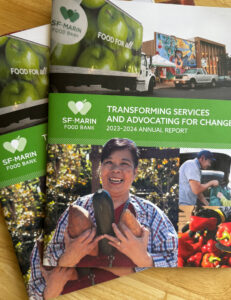 Jean Baker has a joyful smile and ebullient spirit, and both seem to shine prominently on the cover page of the Food Bank’s 2023-24 Annual Report. Now retired, and focused on family and her faith, for years Jean served as a steadfast connection between the Food Bank and participants who came to a food pantry at her church in the Mission District in San Francisco.
Jean Baker has a joyful smile and ebullient spirit, and both seem to shine prominently on the cover page of the Food Bank’s 2023-24 Annual Report. Now retired, and focused on family and her faith, for years Jean served as a steadfast connection between the Food Bank and participants who came to a food pantry at her church in the Mission District in San Francisco.
Beginnings
In 1976, Jean Baker immigrated to the US from the Philippines with no money, job, or family in the area. “When I first came here being an immigrant, I struggled to survive. Every penny I saved so I can buy food. I didn’t know about government help. I worked part-time here, part-time there, because I couldn’t get a regular job. All I knew was to survive, get work, get paid, and buy your food,” she shared. Jean went on to secure full-time work and raise her three kids — but her experiences of struggle shaped her desire to ensure others wouldn’t undergo the same hardships. “My family back home, they engaged in a lot of social welfare in the church, helping others,” Jean recalls. “So, when I had the opportunity here, I decided to do what my parents were doing.”
Transformative Leadership
17 years ago, Jean was attending church when her priest asked if there were any volunteers to help staff their new food pantry. At the start, other church members took charge of the program, but soon, Jean, who would become affectionately nicknamed ‘Mama Jean’ because of her caring nature, was asked to take the lead. “I accepted because I see a lot of homeless people,” she explains. “They need resources, they need food. Food is the essence of life. So, I dedicated myself to doing this kind of work.”
And dedicated she was. Every Saturday at 6:30 a.m., Jean would meet a Food Bank delivery truck at the pantry. A core group of volunteers — many unhoused community members and participants — helped her unload pallets of food. But Jean quickly noticed they could run the pantry more efficiently outside in the church’s garden. Her idea for a farmer’s market-style set-up in the church courtyard allowed participants to enjoy the fresh air while choosing from healthy, nutritious food supplied by the Food Bank. Rain or shine, Jean and her team shared groceries with 175 households each week.
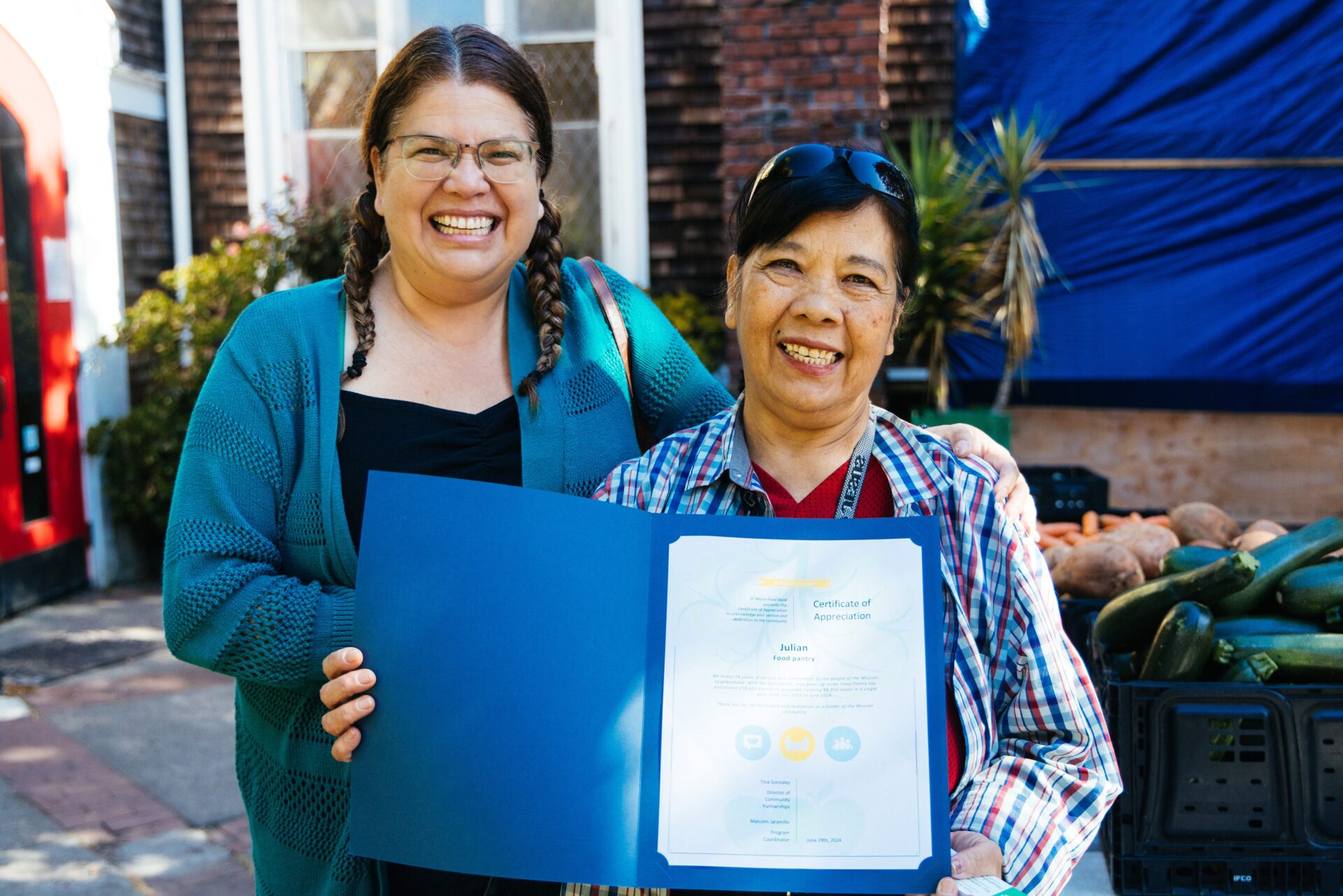
For Tina Gonzales, Director of Community Partnerships, individuals like Mama Jean are unsung heroes who rightfully deserve our appreciation. “These are actually pillars of the community doing the work for free!” observed Tina. Because committed individuals like Jean accomplish so much with little infrastructure (she doesn’t regularly use a smartphone), having direct face-to-face connections is key.
“We don’t want them to say yes to everything because they will. But are they overwhelmed? Do they have enough support, or are they biting off more than they can chew? Sometimes, we’ve got to go have a cup of coffee with them or have a friendly visit just to see how they’re doing,” says Tina.
A good percentage of network pantries serving food are faith-based and feeding people is part of their ministry. “I think for someone like Jean, this is her life work. So, we have people who fit the category of like, ‘this is my nine to five job, and I run a pantry.’ Then, we have people like Jean who are more like, ‘This is my calling, and this is how I give back.'”
End of an Era
Sadly, after 16 years, her church announced the hard decision to close the pantry last June. “It was heartbreaking,” recalled Jean, with a hushed voice. But as she had for the past 16 years, she handed out food to her neighbors on the last day of pantry service. The pantry closure was not what Jean hoped for. But she still attends church services and volunteers to tend to the garden. Presently, Jean is taking time to find ways to continue serving the community she loves. Until then, she can reflect on her experience with a smile: “Every Saturday, we met [at] the same place, doing work like a happy family. All we got here are a lot of good memories.”
With Appreciation
Another good memory for Jean was a much-deserved honor from the Food Bank. On the closure date, in recognition of her longstanding leadership and partnership as a pantry coordinator, Jean was presented with a Certificate of Appreciation for her 16 years of service to our participants and helping the community. The praise drew smiles from all in attendance, including Tina, and a beaming smile from Jean herself.
With Mother’s Day just ahead of us and in recognition of Asian American and Pacific Islander Heritage Month, we thank you, Mama Jean, for your generosity, inspired calling to help others, and tremendous service to the Mission community. You are appreciated.


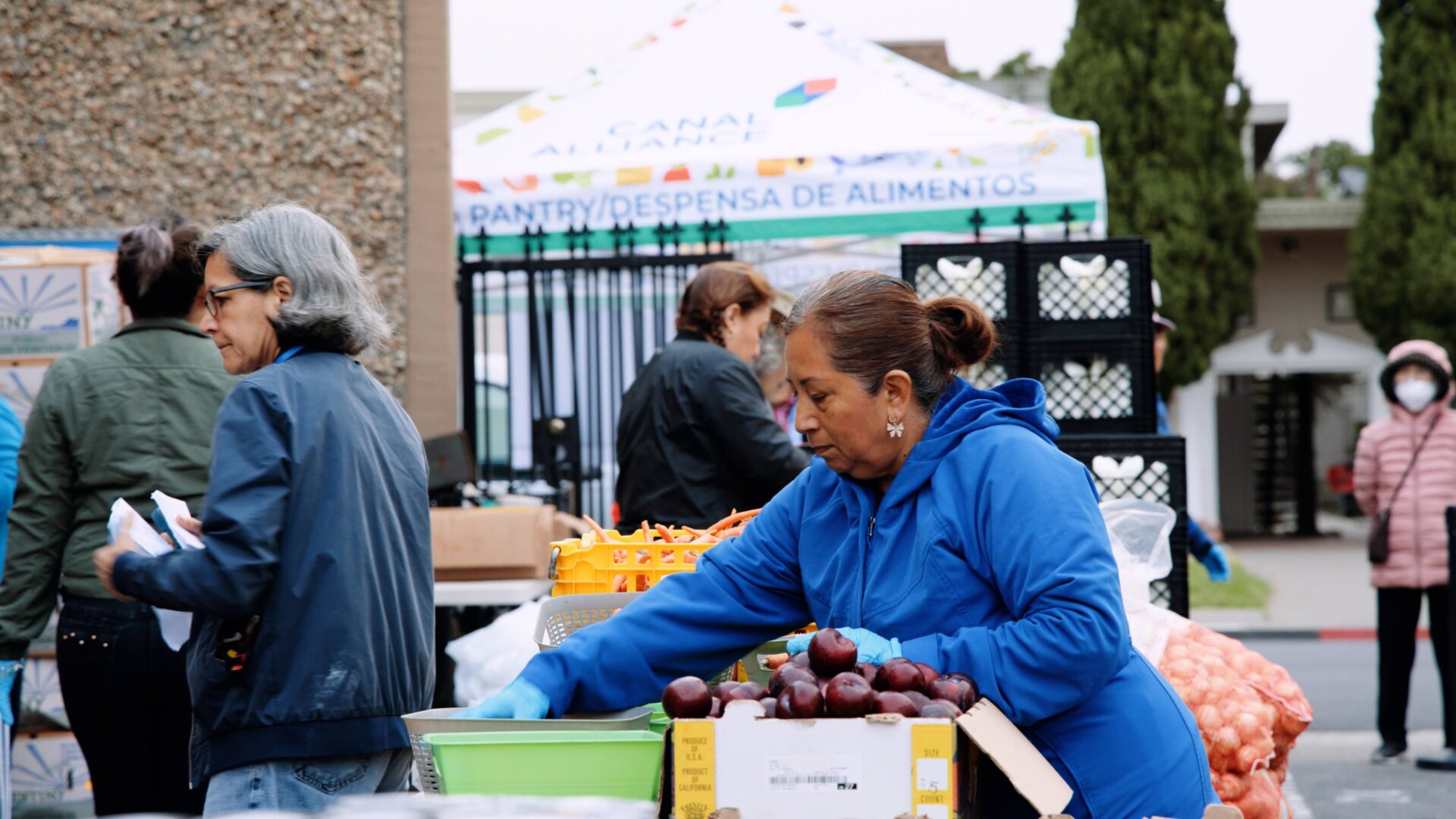
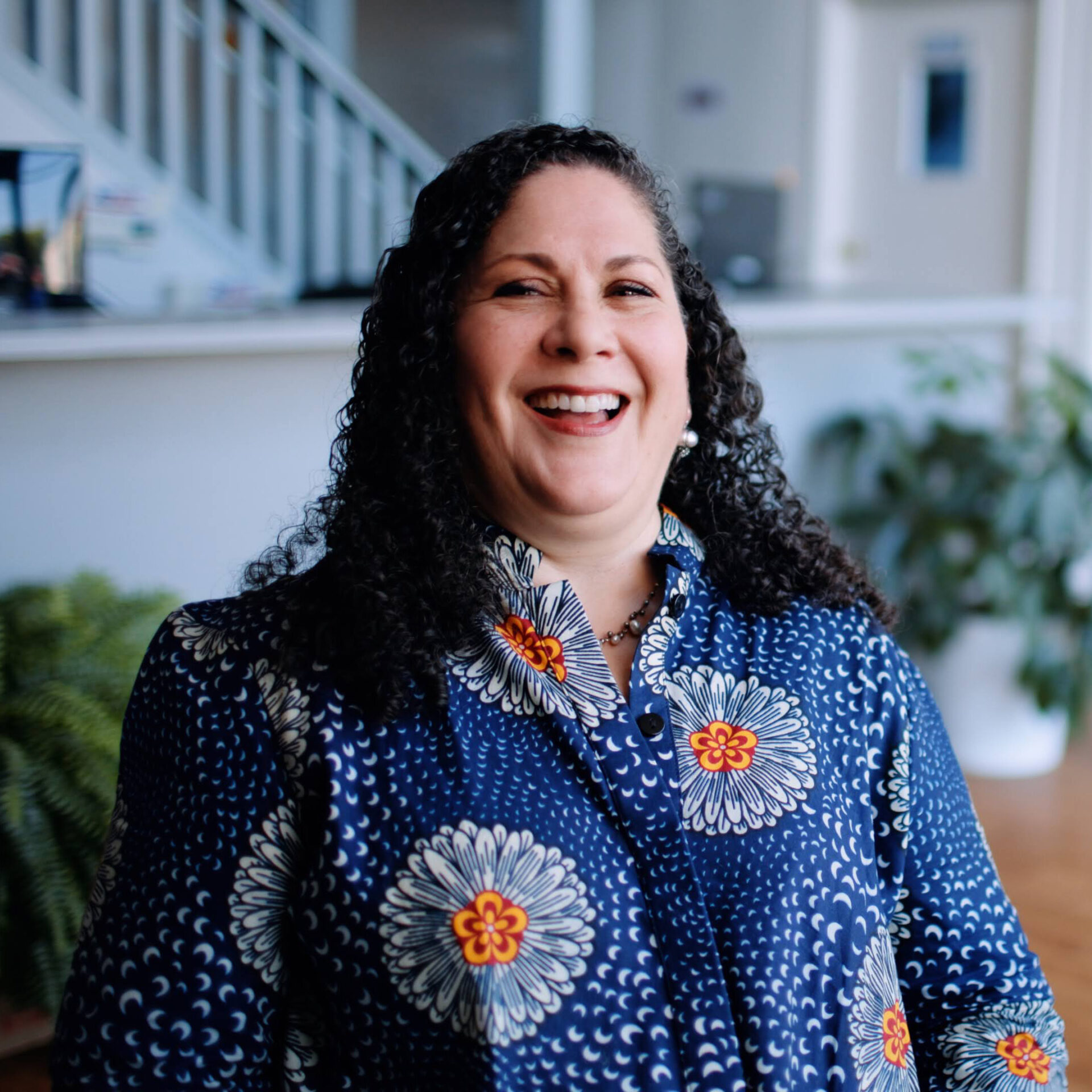
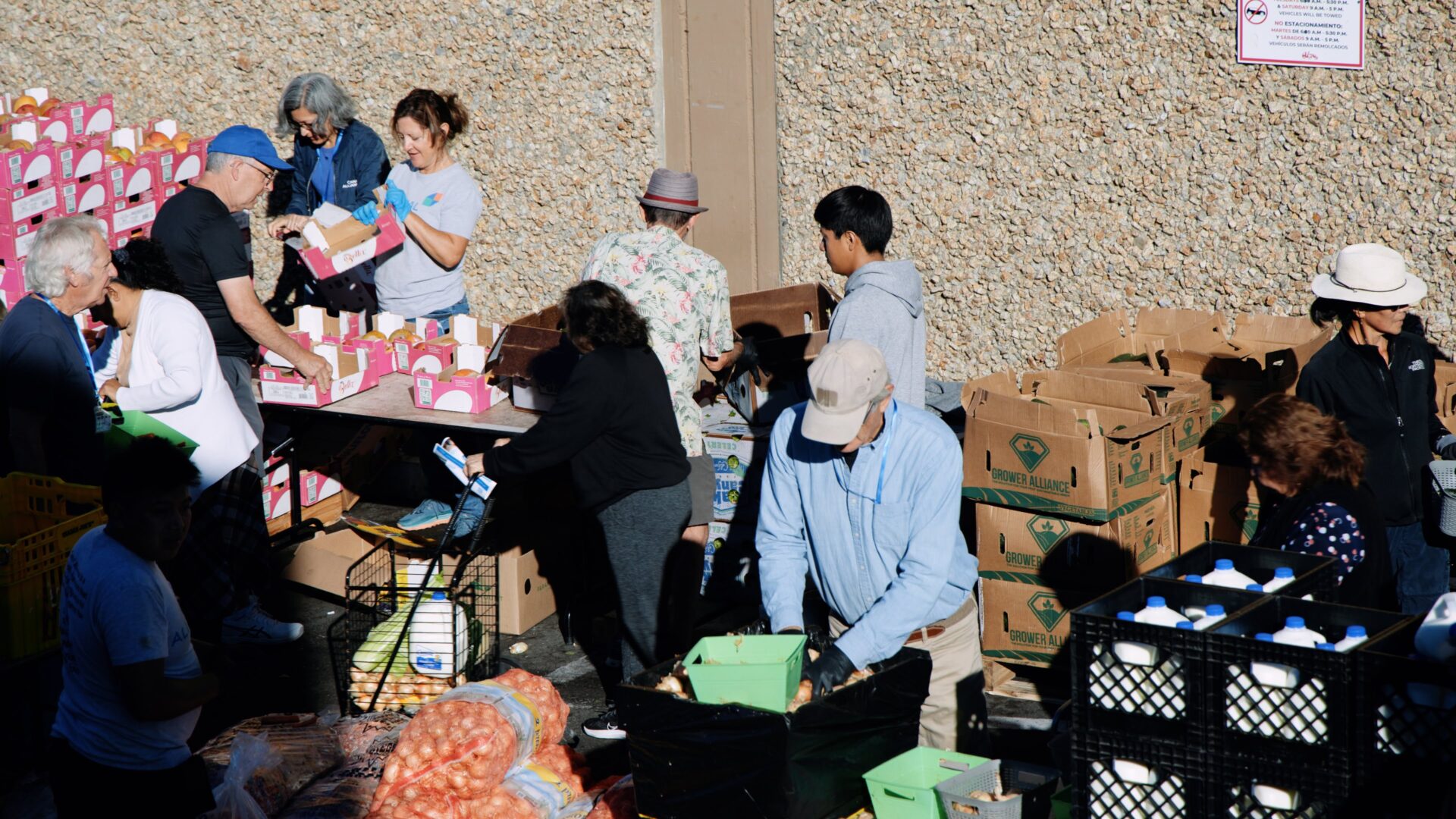

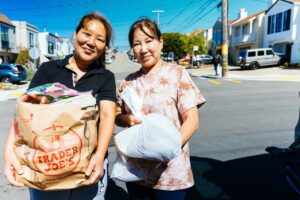
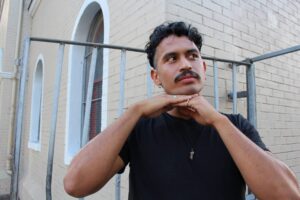
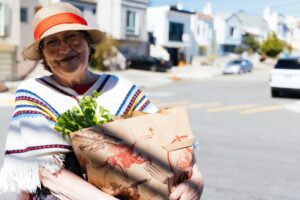
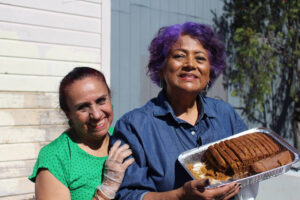
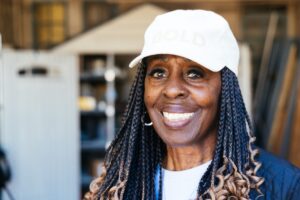
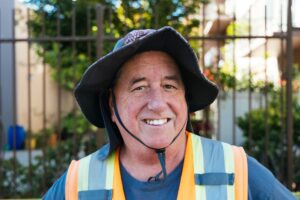

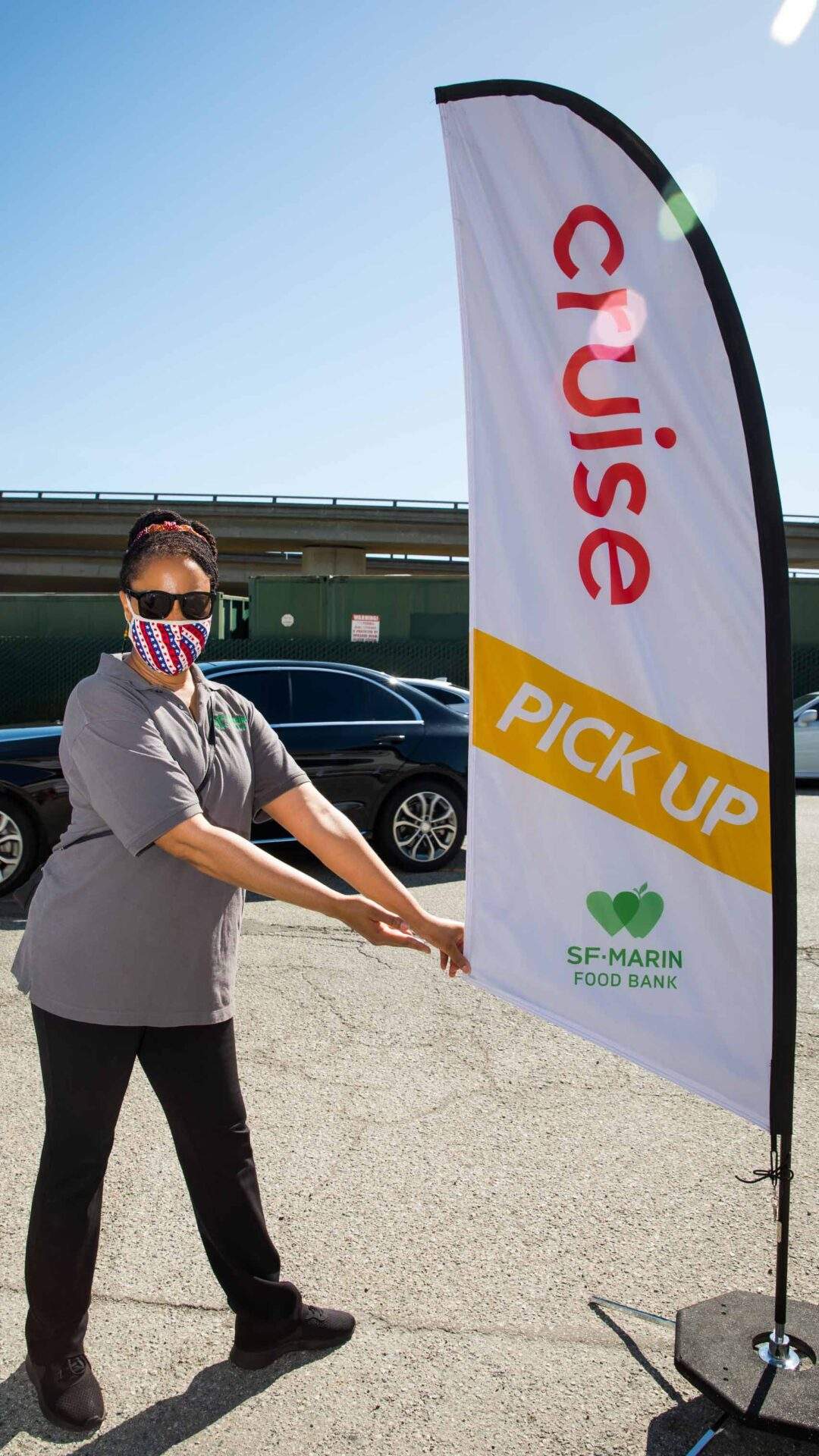
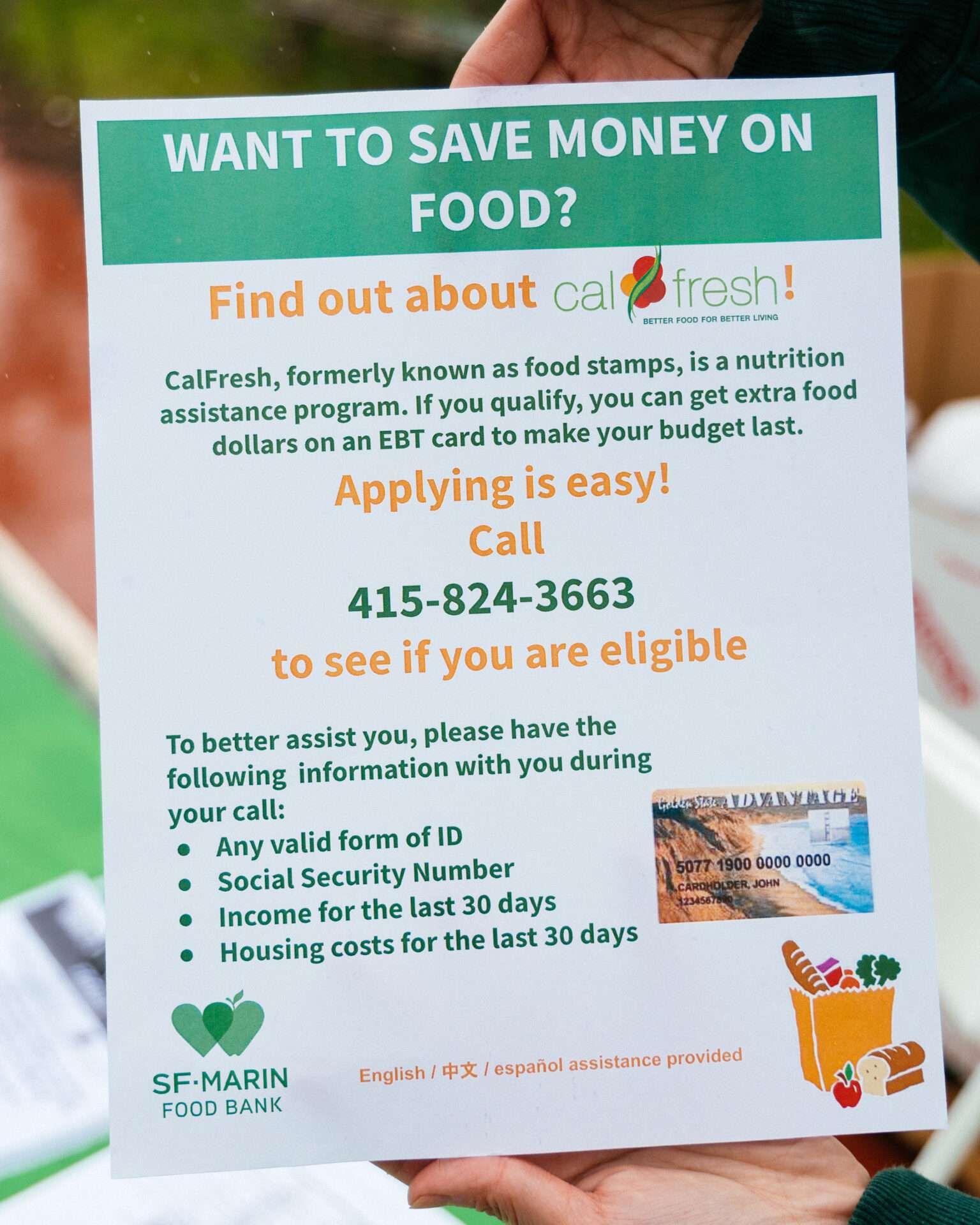
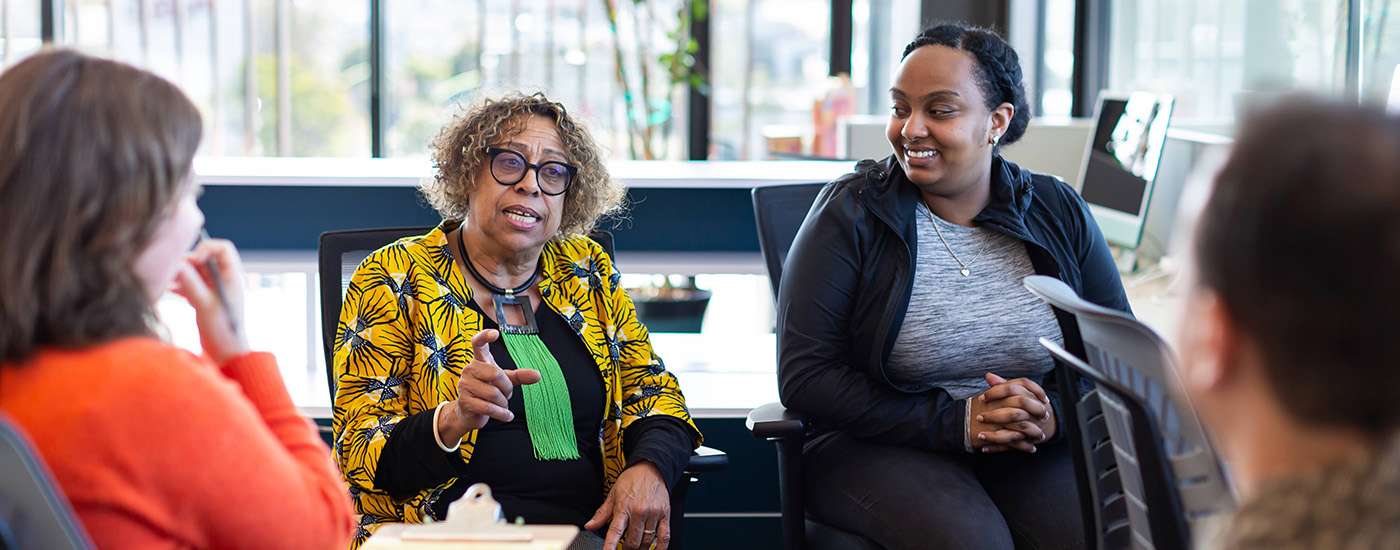
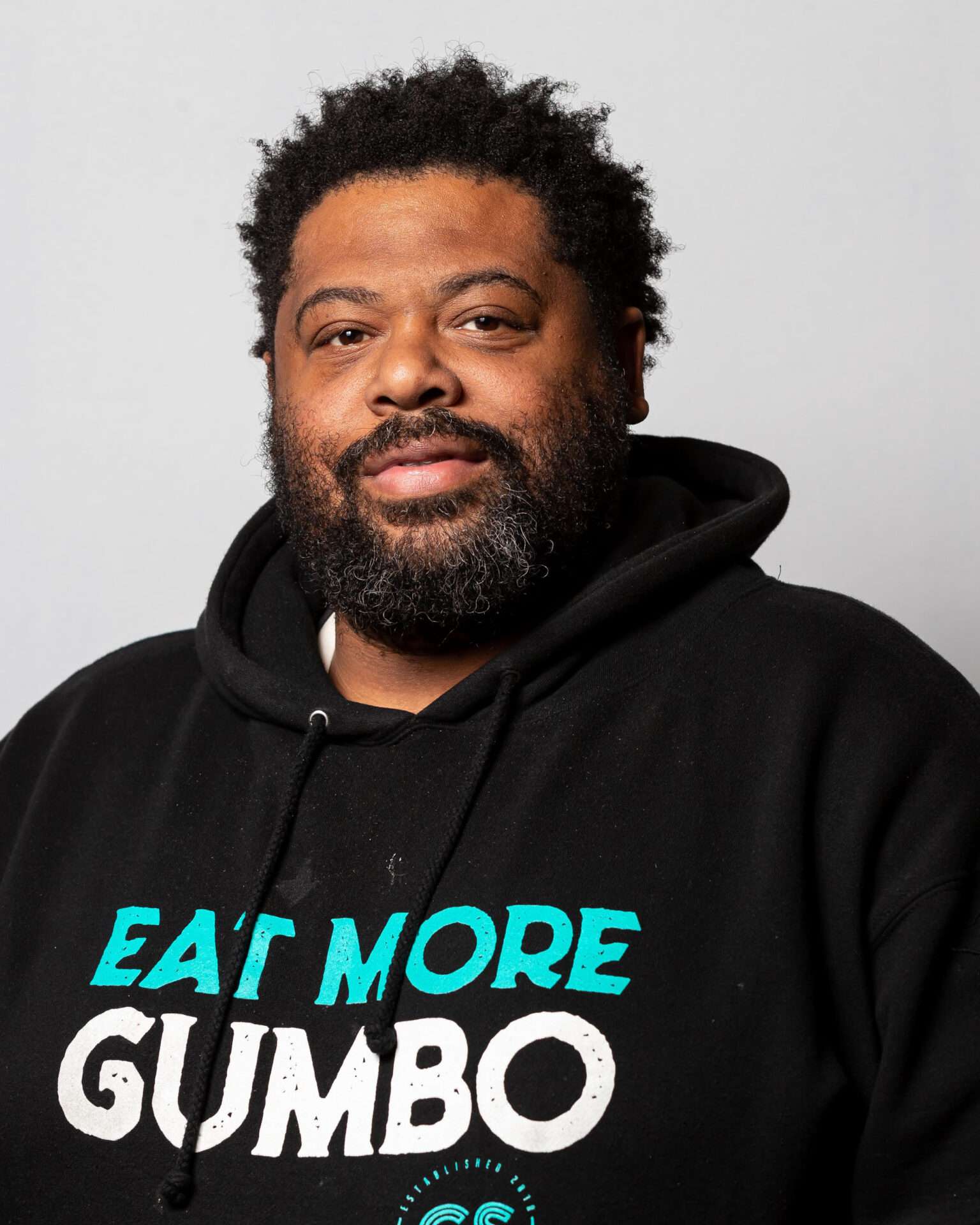
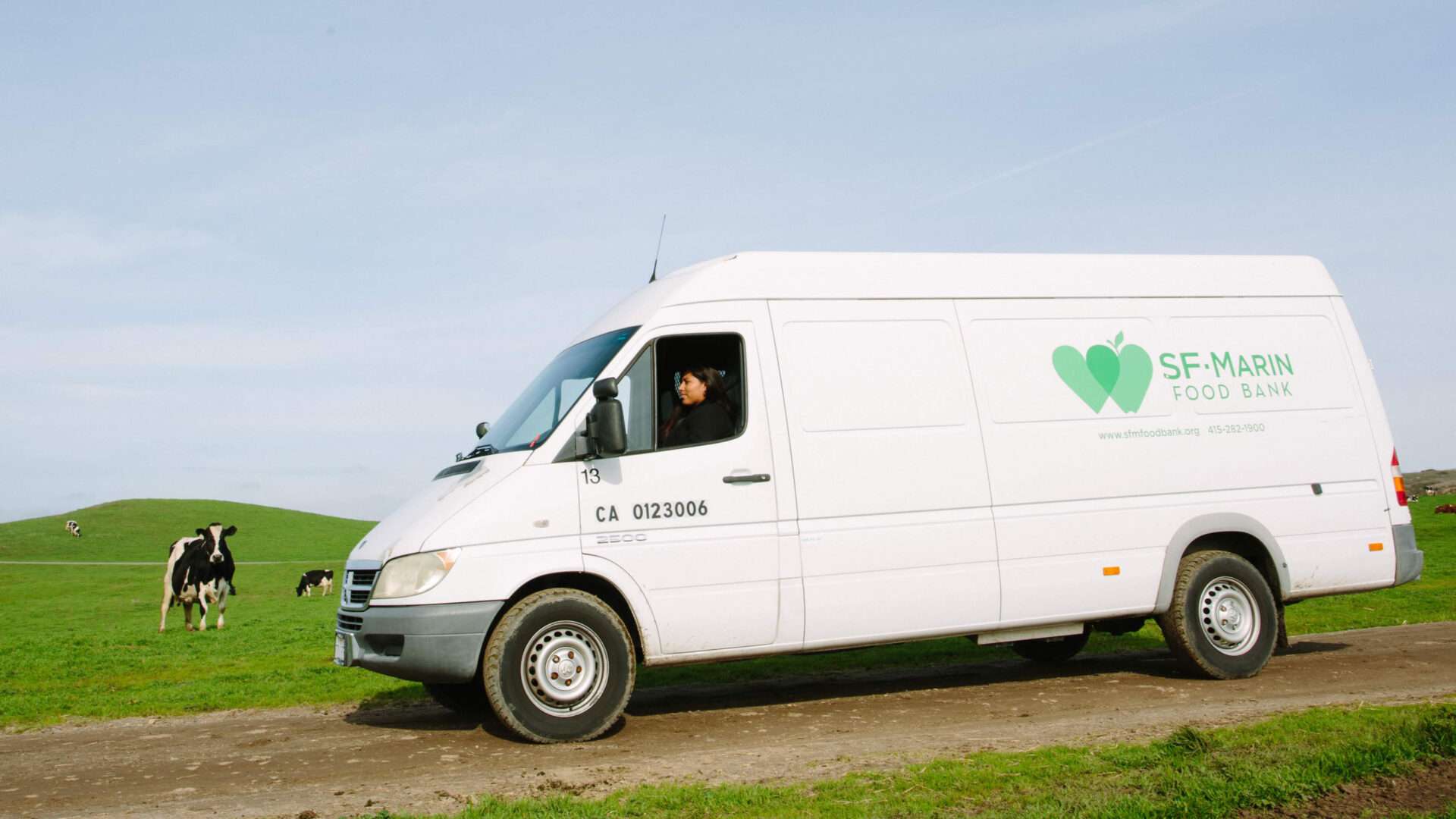
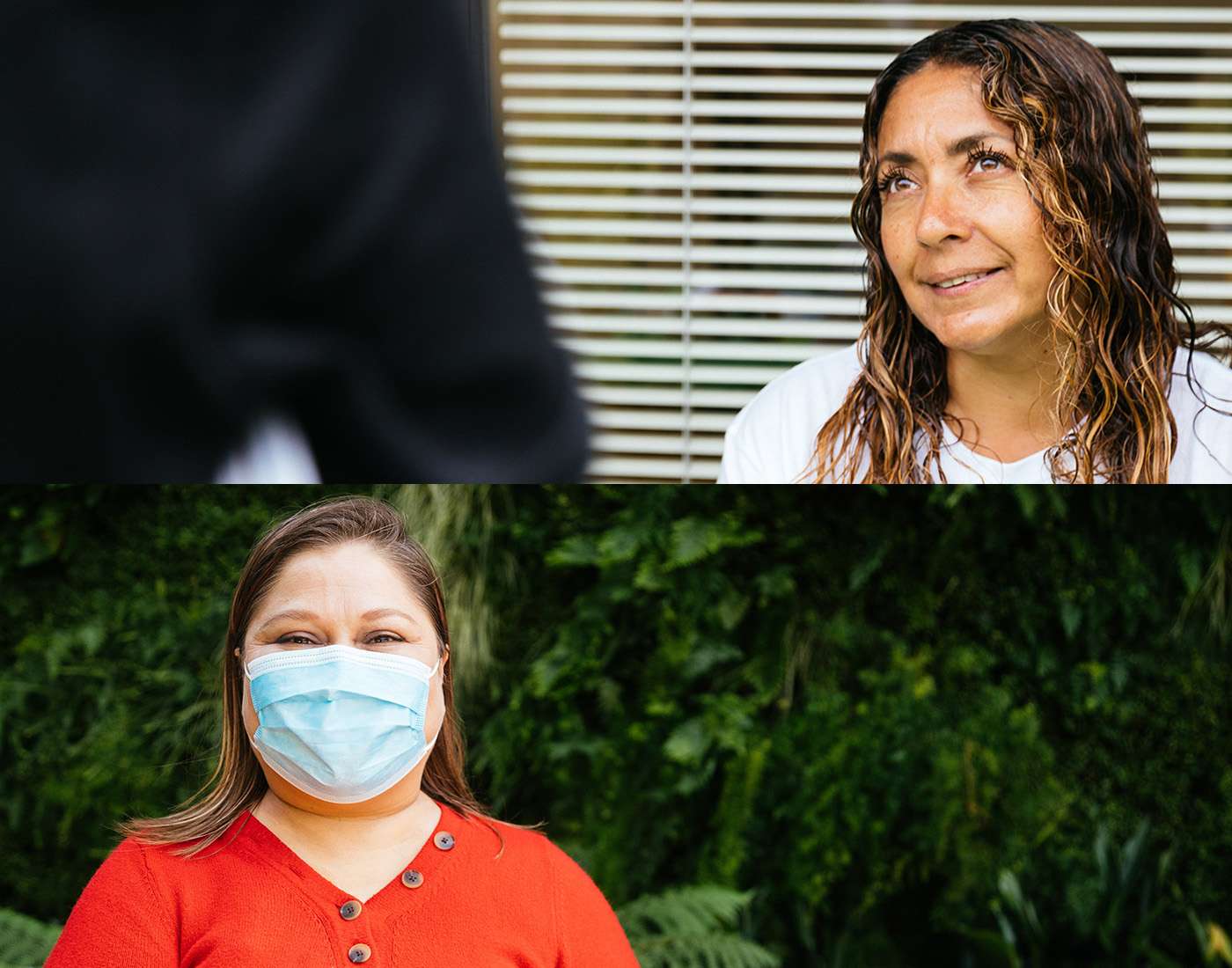
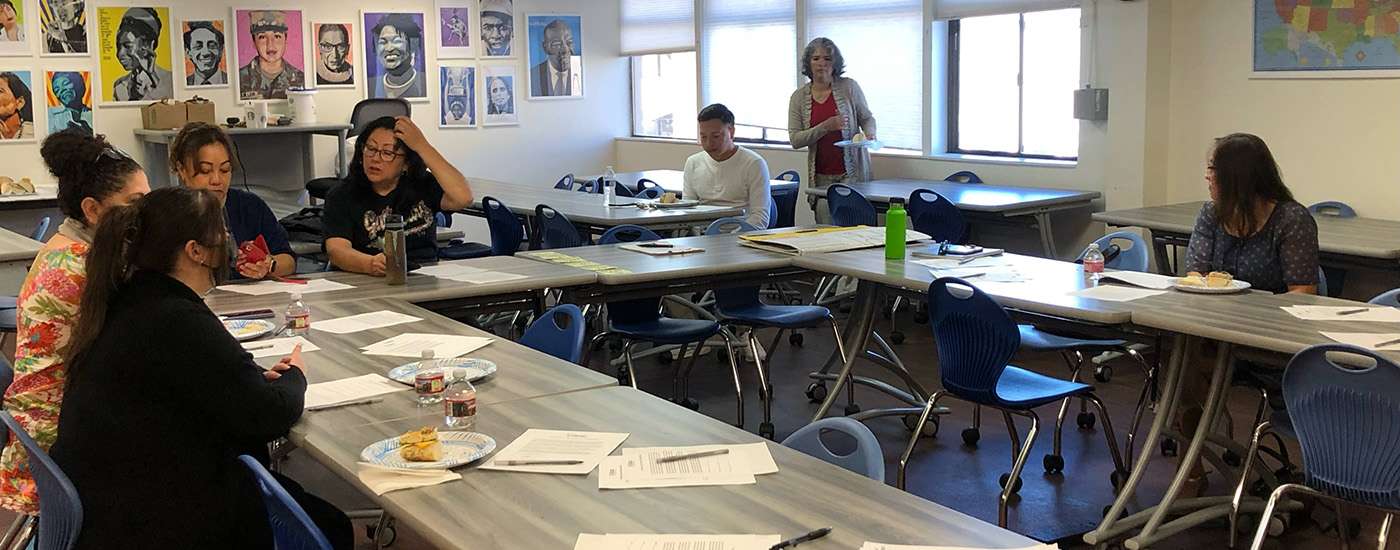
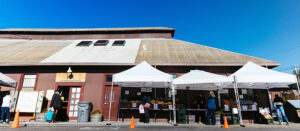 The town of Pt. Reyes Station itself is, by all accounts, pretty tiny. But the reach of local community hub and Food Bank partner
The town of Pt. Reyes Station itself is, by all accounts, pretty tiny. But the reach of local community hub and Food Bank partner 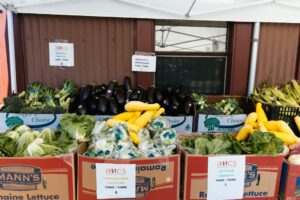
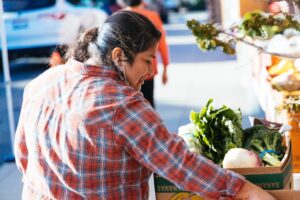 During the intense flooding back in December, “People were saying, ‘We have no power, we lost everything in the fridge,’” Alma shared. “Those days we were very busy, and we operated with no power. We had a generator, and we plugged in everything and continued [all our services]. People were so happy that we had food.”
During the intense flooding back in December, “People were saying, ‘We have no power, we lost everything in the fridge,’” Alma shared. “Those days we were very busy, and we operated with no power. We had a generator, and we plugged in everything and continued [all our services]. People were so happy that we had food.”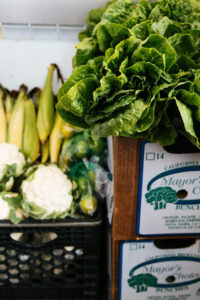 income families in West Marin with unexpected expenses,” shared Yareli Cervantes, Emergency Assistance Program Manager at WMCS. “Just by serving food, we’re able to really get to know people and identify their needs. It opens up the conversation for them to come seek out financial assistance.”
income families in West Marin with unexpected expenses,” shared Yareli Cervantes, Emergency Assistance Program Manager at WMCS. “Just by serving food, we’re able to really get to know people and identify their needs. It opens up the conversation for them to come seek out financial assistance.”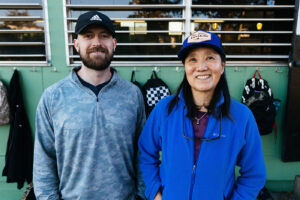 an after-school program for mainly 6
an after-school program for mainly 6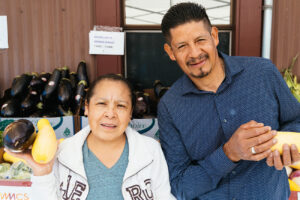 provide tailored services for the needs of their communities
provide tailored services for the needs of their communities 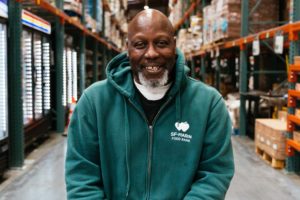 Step onto the shop floor at the Pennsylvania Warehouse and you’ll be greeted by racks filled with just about every item under the sun: fresh fruits and vegetables (of course), canned beans and proteins, fresh breads and pastries, eggs, frozen proteins like chicken breasts, and assorted dry, fresh, and frozen grocery items from supermarkets all over San Francisco.
Step onto the shop floor at the Pennsylvania Warehouse and you’ll be greeted by racks filled with just about every item under the sun: fresh fruits and vegetables (of course), canned beans and proteins, fresh breads and pastries, eggs, frozen proteins like chicken breasts, and assorted dry, fresh, and frozen grocery items from supermarkets all over San Francisco. 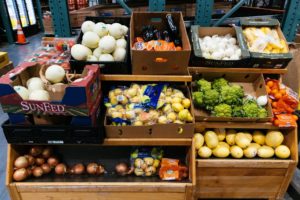 Henry says that lately, “demand is very high, with a limited supply,” because of inflation and supply chain issues, driving home the need for continued support from our community as we strive to keep our shop floor racks full for our neighbors and partners.
Henry says that lately, “demand is very high, with a limited supply,” because of inflation and supply chain issues, driving home the need for continued support from our community as we strive to keep our shop floor racks full for our neighbors and partners. 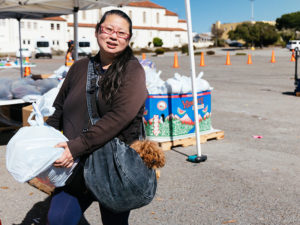 With her rescue dog Charlie slung over her hip in a crossbody bag (she says, “my passion is, I love dogs”), Cilla Lee was hard to miss at the Stonestown Pop-up Pantry where we met. And as she talked, three things became apparent: Cilla is a woman with a lot of ideas, a lot of drive, and a lot of herself to give. A San Franciscan since the age of five, she says that the pandemic “made [her] step up” when it came to supporting her community.
With her rescue dog Charlie slung over her hip in a crossbody bag (she says, “my passion is, I love dogs”), Cilla Lee was hard to miss at the Stonestown Pop-up Pantry where we met. And as she talked, three things became apparent: Cilla is a woman with a lot of ideas, a lot of drive, and a lot of herself to give. A San Franciscan since the age of five, she says that the pandemic “made [her] step up” when it came to supporting her community. 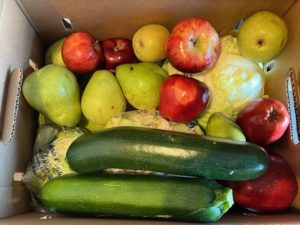 upon the concept of “Buy-Nothing Groups,” virtual and occasionally in-person communities where immediate neighbors exchange all types of goods, services and information– all for free, all from their own abundance, all as part of a “gift economy.”
upon the concept of “Buy-Nothing Groups,” virtual and occasionally in-person communities where immediate neighbors exchange all types of goods, services and information– all for free, all from their own abundance, all as part of a “gift economy.” 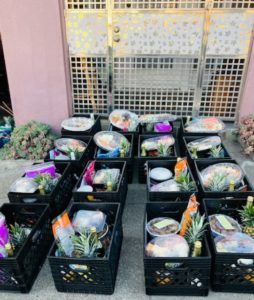 Cilla became the admin of the Outer Richmond Buy Nothing group on Facebook. While food isn’t often the primary focus of Buy Nothing groups, in the early pandemic, food donations started rolling in. At first, she started out by making baked goods and offering them up to add a little sweetness to her neighbor’s days.
Cilla became the admin of the Outer Richmond Buy Nothing group on Facebook. While food isn’t often the primary focus of Buy Nothing groups, in the early pandemic, food donations started rolling in. At first, she started out by making baked goods and offering them up to add a little sweetness to her neighbor’s days. 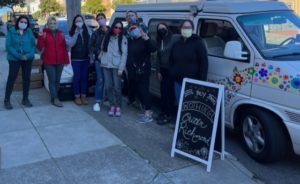
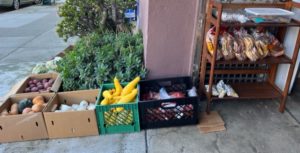
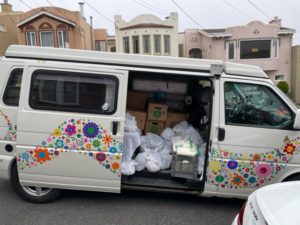
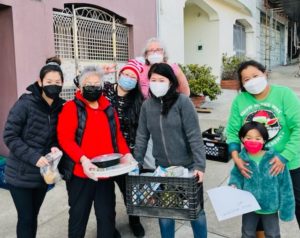 At the Food Bank, we’re grateful to learn from and be in partnership with people like Cilla, who use their knowledge of their neighbors to find hyper-localized, community-specific solutions and novel ways to fight hunger. Ultimately, like Cilla says, at the heart of it all is the gift of connecting with our neighbors– and food is a pathway to do just that.
At the Food Bank, we’re grateful to learn from and be in partnership with people like Cilla, who use their knowledge of their neighbors to find hyper-localized, community-specific solutions and novel ways to fight hunger. Ultimately, like Cilla says, at the heart of it all is the gift of connecting with our neighbors– and food is a pathway to do just that. 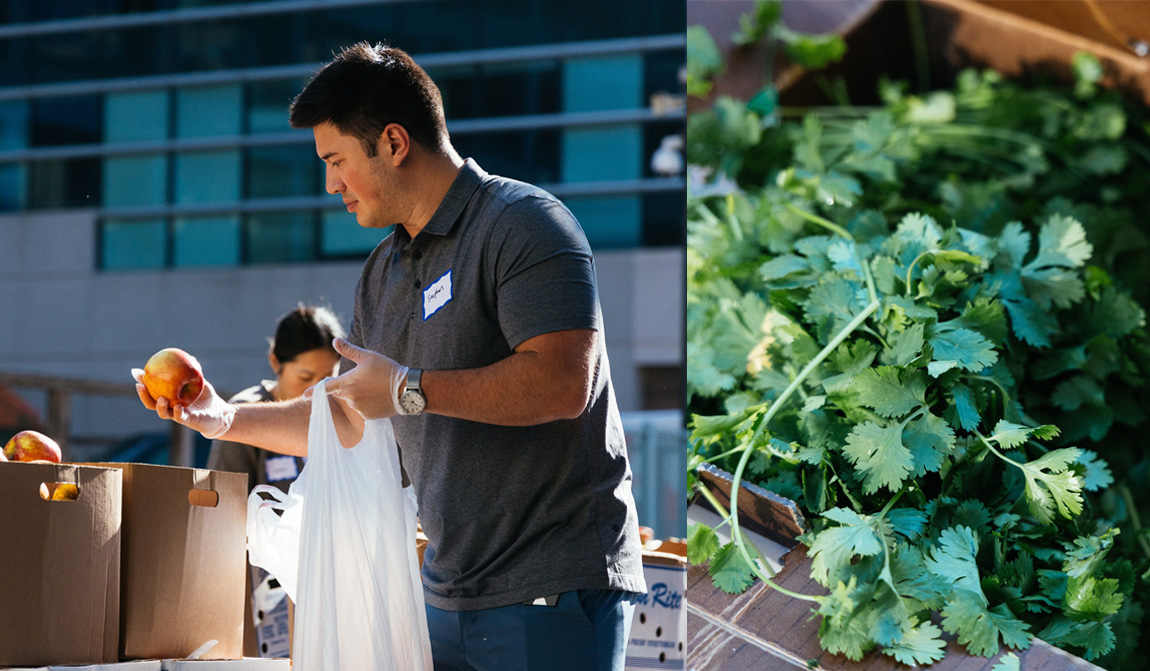
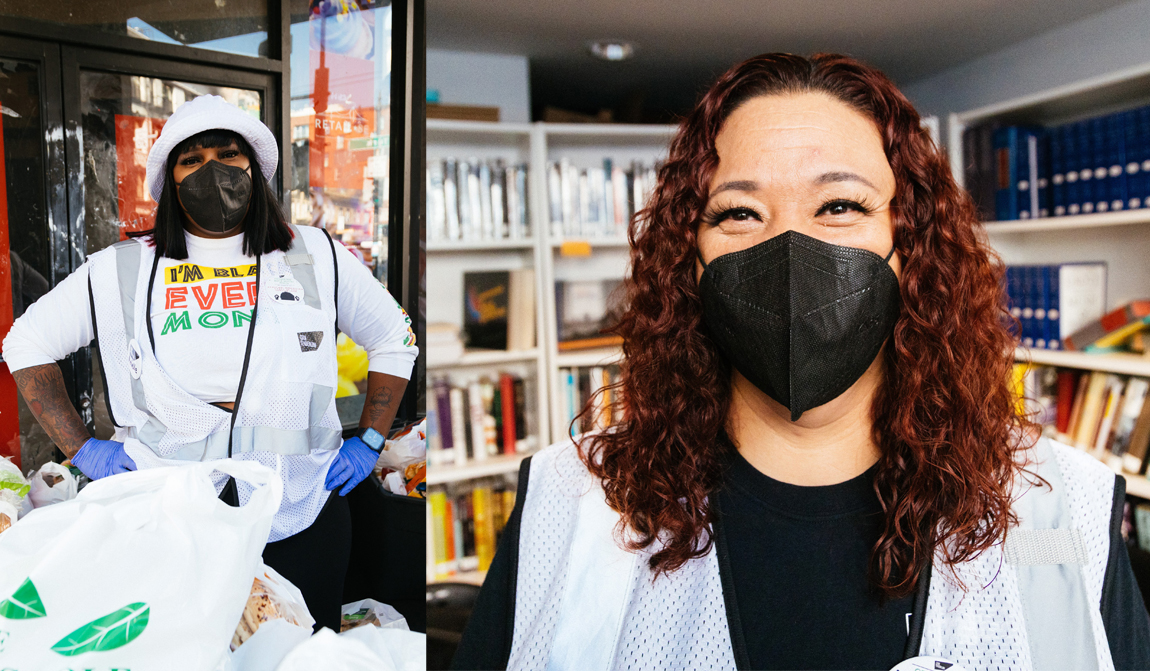
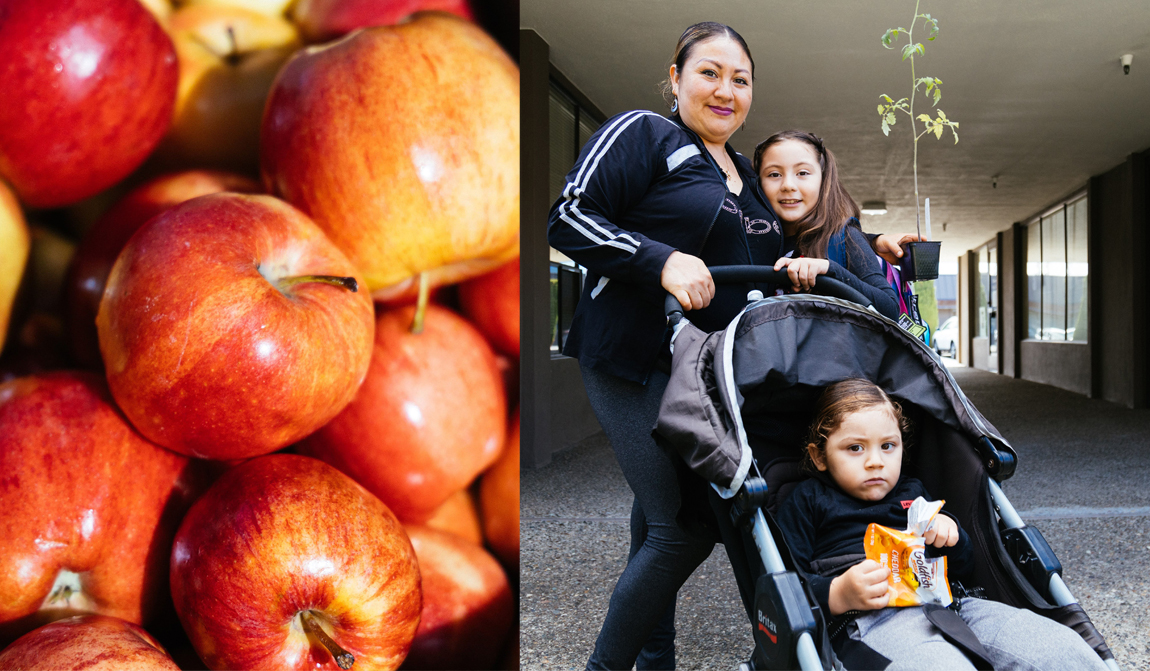
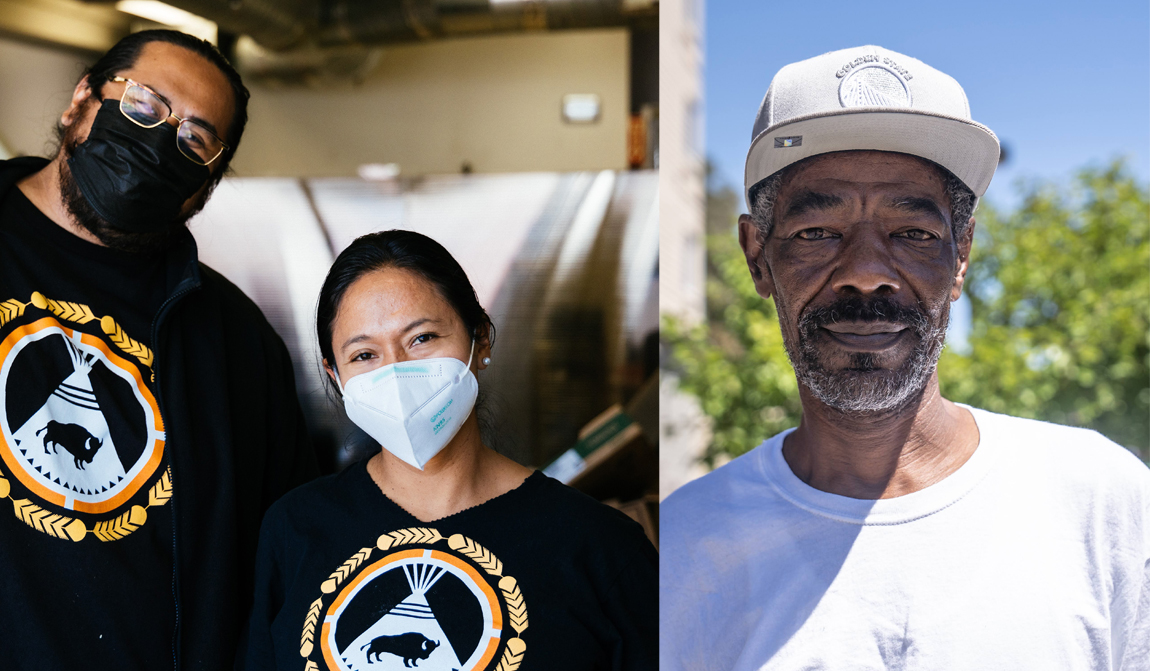
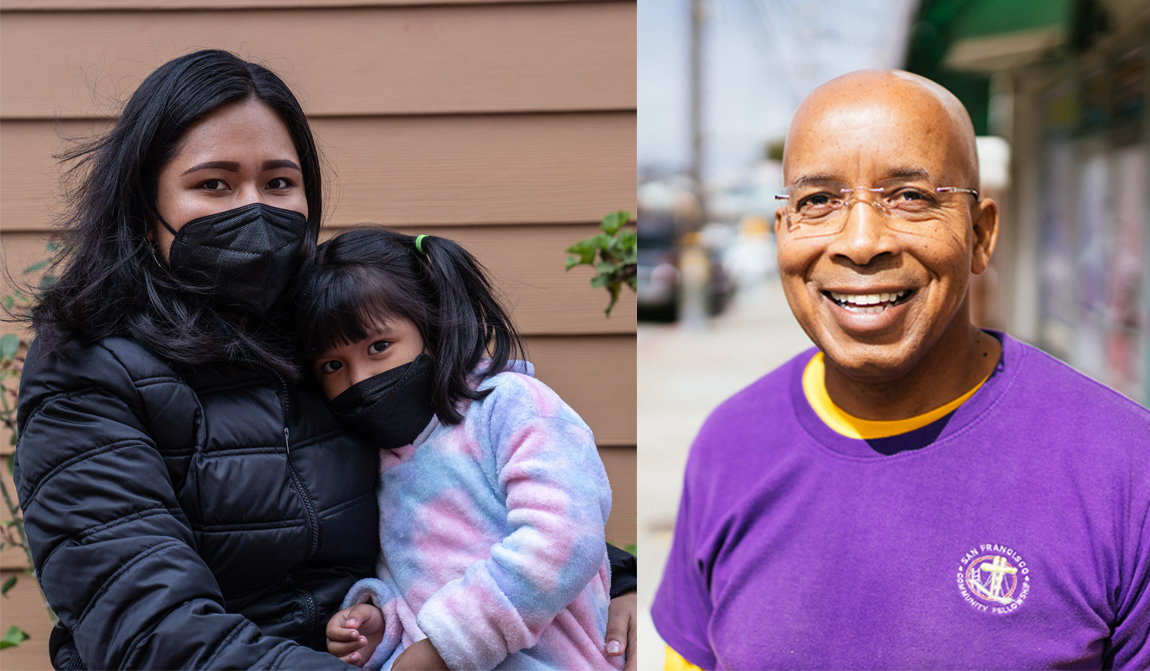
Share